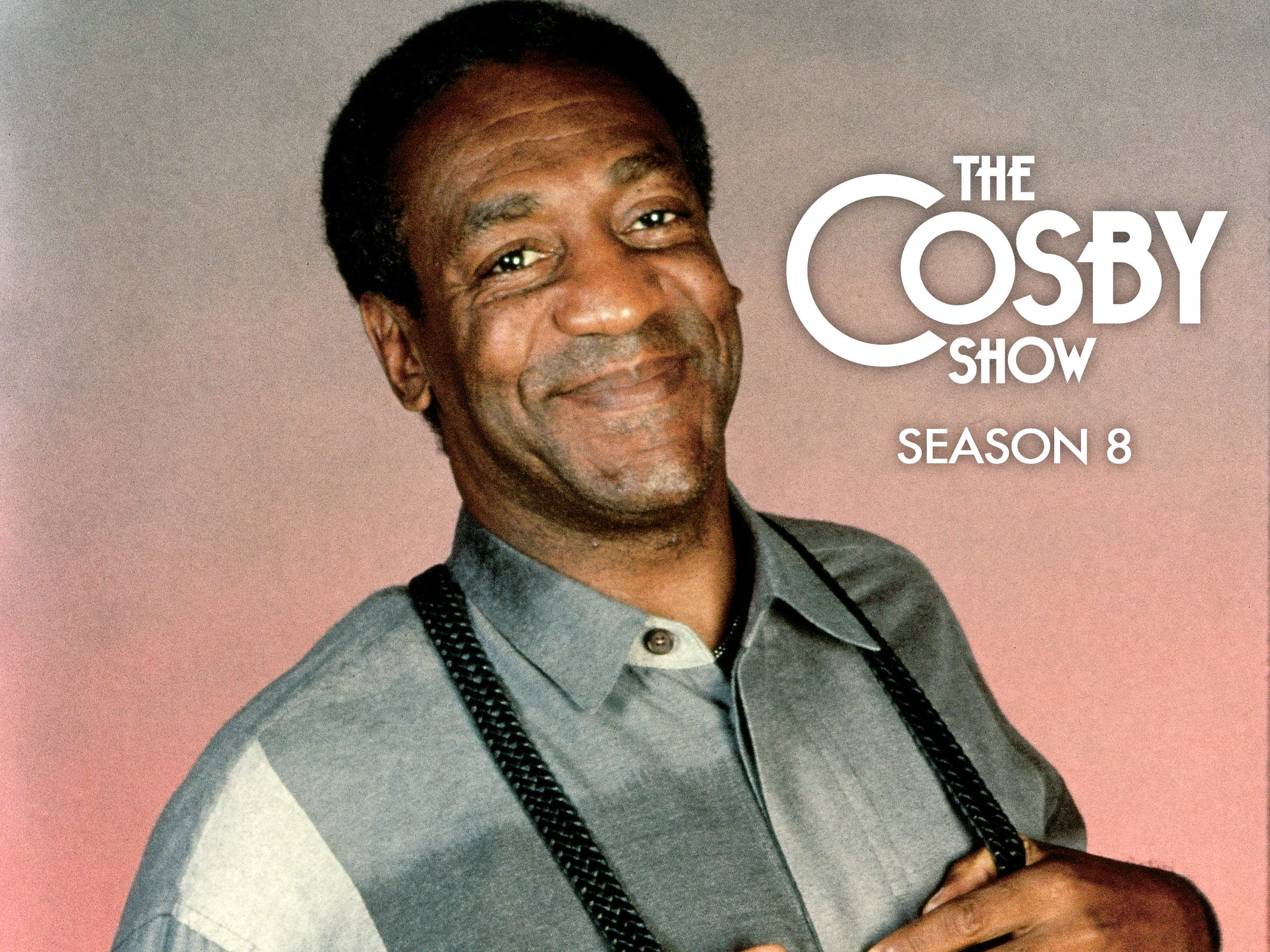
Introduction: When The Cosby Show first aired in 1984, it did more than entertain. It changed the landscape of television and the way we think about family sitcoms. The Huxtables—Cliff, Clair, and their five children—captured the hearts of audiences with their warmth, humor, and sense of unity. This groundbreaking show did more than provide laughs; it set new standards for television families and helped redefine what TV could be. Let’s take a deep dive into how the Huxtables changed TV forever.
Family Dynamics: One of the key elements that made The Cosby Show so revolutionary was its portrayal of family dynamics. Prior to its debut, most family sitcoms followed the same tired formula—usually centered around a white, working-class family, and occasionally portraying the father as an uninvolved or bumbling figure. The Cosby Show flipped this model on its head, with a successful, professional father who was deeply engaged in his children’s lives.
Cliff Huxtable was far from the traditional sitcom father. He was funny, wise, and loving, but he also showed that being a good father and husband required more than just being present. Cliff’s relationship with his wife, Clair, was equally groundbreaking—an equal partnership built on respect, love, and mutual support. This set a new precedent for how families could be portrayed on TV, showing that healthy, well-balanced relationships between parents could be just as entertaining as any conflict-driven plotline.
Bill Cosby’s Influence: Bill Cosby’s influence over the show’s direction cannot be overstated. As both the star and creator of The Cosby Show, Cosby’s personal vision played a major role in shaping the Huxtables and the show’s themes. He wanted to create a show that was not only funny but also promoted positive values, like education, hard work, and respect. Cosby was determined to showcase an African-American family who could serve as role models for viewers, something that had been sorely lacking in television at the time.
The Show’s Humor: The humor of The Cosby Show was grounded in reality, but it also relied on a keen sense of wit and the charming personalities of its characters. The interactions between the Huxtables—particularly the playful banter between Cliff and Clair—became a trademark of the show. Each episode balanced humor with important life lessons, making it both entertaining and educational for audiences.
Unlike many sitcoms that rely on slapstick comedy or forced jokes, The Cosby Show created situations that felt real and relatable. Whether it was Theo trying to fit in at school or Vanessa navigating her teen years, the problems they faced were universal, and the show’s humor provided a positive way to deal with those challenges.
Conclusion: The impact of The Cosby Show on television cannot be overstated. The Huxtables showed that TV families didn’t have to be stereotypical or one-dimensional. They demonstrated that strong family values, professional success, and humor could all coexist. By pushing the boundaries of what family sitcoms could be, The Cosby Show became a cultural touchstone that influenced television for decades to come.
